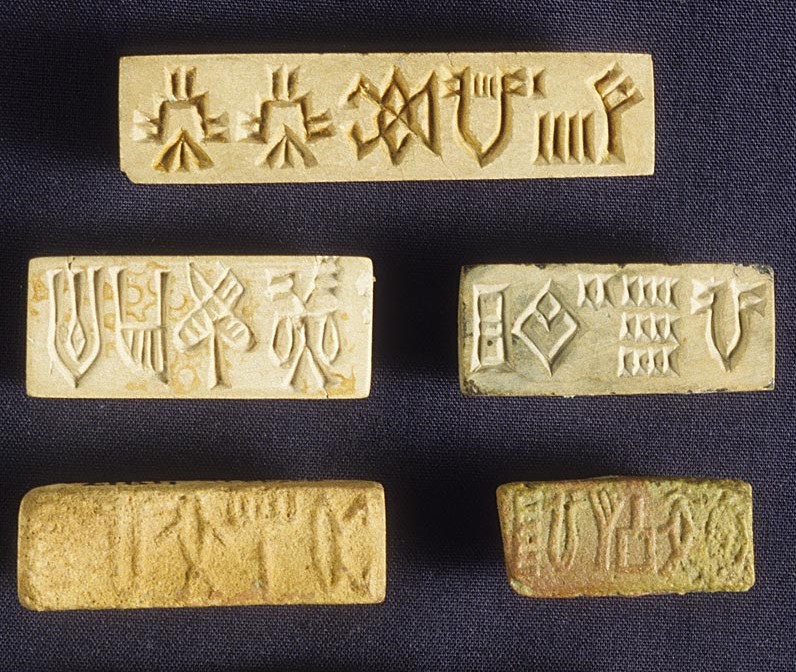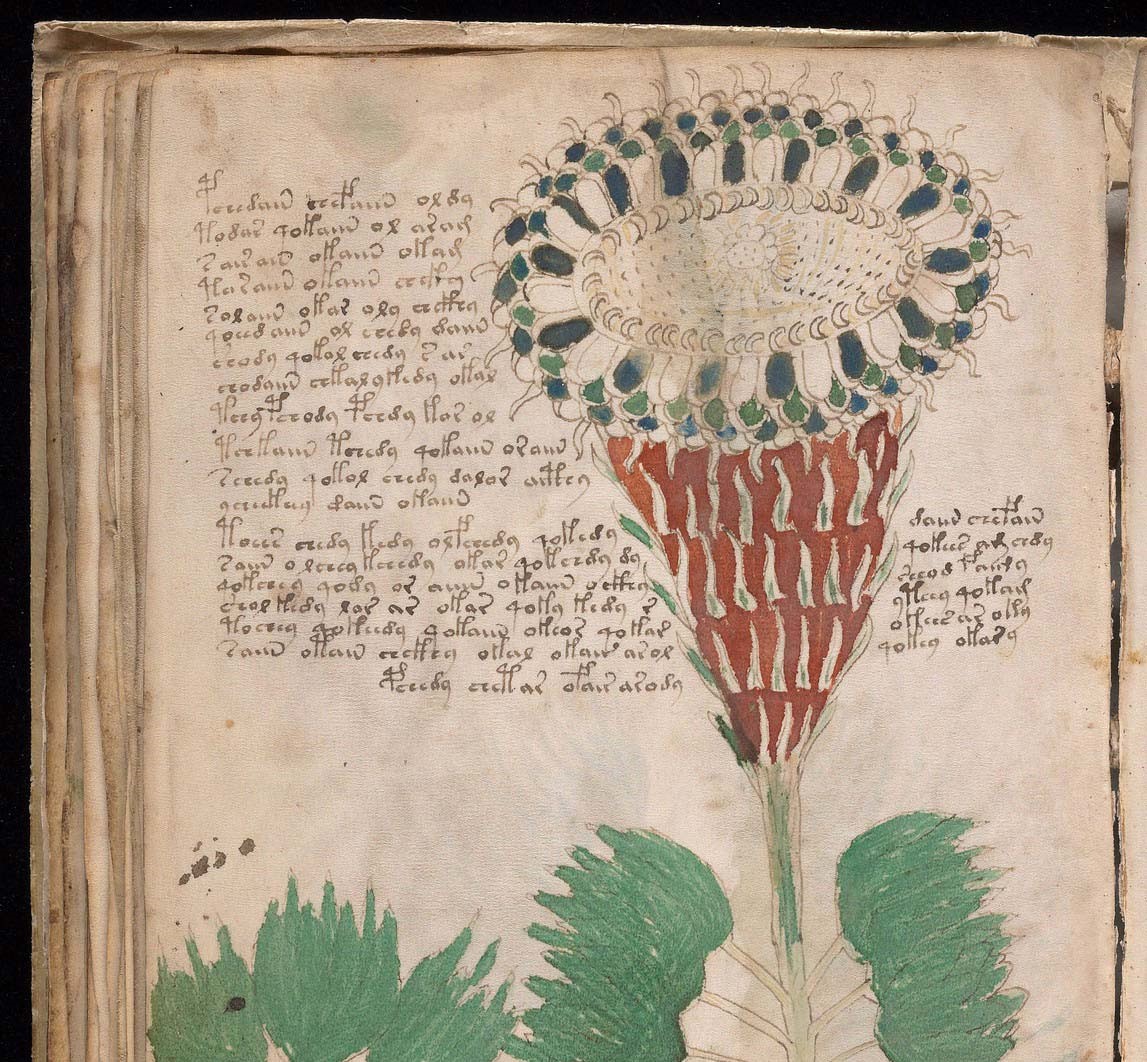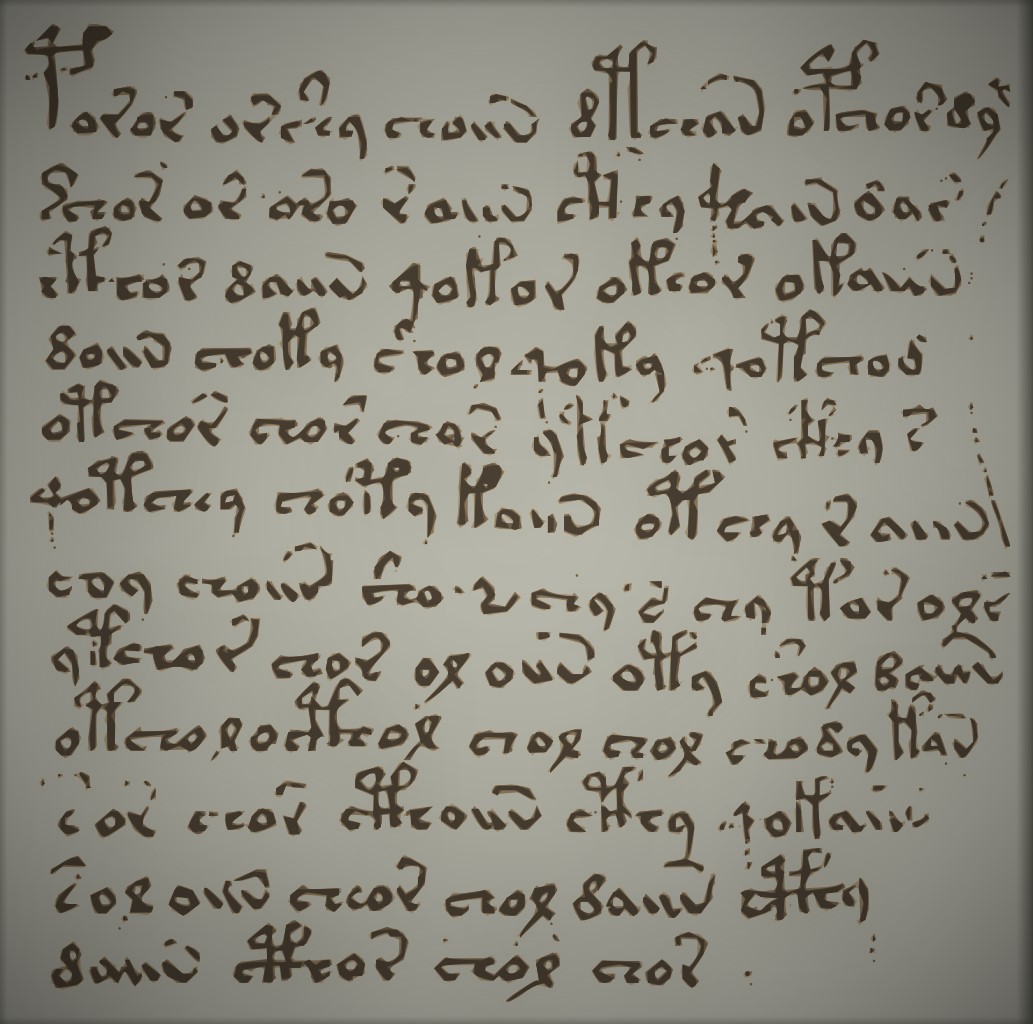
Undecipered Scripts
History's History

979 views
0 likes
You will need to sign in before you can comment or like.
Ancient texts are undoubtedly a major key to our understanding of the past.
While artefacts-pots, jewelry, statues and more tell us about people might have used or built them for, texts tell us what our ancestors considered important enough to be recorded down; writing was not as common back then as it is today.
However, the earliest documents we find today are from Mesopotamia - the Sumerians are said to have been the first people to have developed it 6000 years ago.
The inscriptions were creative in the least - the baked clay tablets with indents on them were presumably used for record-keeping of trade and merchant goods.
They wrote down stuff they found difficult to memorize (no. of sheep sold to the Uruk guy) or documents which worked as a proof (upstart Bennus unpaid rent).
Some forms of writing existed before that too.
The symbols or pictures drawn did not correspond to a language; they were rather symbols of abstract concepts.
The Jiahu symbols from China (7000 BC) and the Vinca symbols from Neolithic Europe (6000 BC) remain undeciphered primarily because we have little knowledge about the lives of their creators.
Writing is also considered to have originated independently in Mesoamerica, possibly to track the positions of the stars for religious rituals.
From Mesopotamia, writing (or the idea of it) spread elsewhere - southwards to Egypt and eastwards to China and India, each of which became the nucleus of a great civilization.
The famous Indus Valley script from 3500 B.C. continues to be undeciphered today.
 Most of the writing there has been found on clay seals used on trade packages that found their way up North to Mesopotamia itself.
The presence of limited characters on each seal could also imply that the script consisted of representative symbols rather than language as it was spoken.
Most of the writing there has been found on clay seals used on trade packages that found their way up North to Mesopotamia itself.
The presence of limited characters on each seal could also imply that the script consisted of representative symbols rather than language as it was spoken.
Moving west, we find several tablets with inscriptions in present day Iran.
Dating to 3000. BC, these are thought to have carried the precursor of what later became the Elamite script.
 Both proto-Elamite and Linear Elamite are largely undeciphered; The University of Oxford has released several photographs of the script with hope to get crowdfunding help.
Dating to the same period are the famous Egyptian Hieroglyphs, which continue to be our most important source of whatever we know of the Egyptians.
Both proto-Elamite and Linear Elamite are largely undeciphered; The University of Oxford has released several photographs of the script with hope to get crowdfunding help.
Dating to the same period are the famous Egyptian Hieroglyphs, which continue to be our most important source of whatever we know of the Egyptians.
From Egypt, hieroglyphs moved out to the Island of Crete in Mediterranean, home of the iconic Minoan and Mycenaean cultures.
Linear A and B are the scripts that were found in the palaces in Minoan and Mycenaean times respectively.
While Linear B - a syllabary, has been deciphered as being a precursor to Greek, Linear A remains undeciphered to this day.
A unique artifact that dates from this period is the Phaistos Disk (1800 BC), the earliest object that had something printed on it.
Yes, the symbols on the disk were imprinted using carefully crafted stamps with incisions marked on them.
These stamps were pressed the wet clay just like the mechanism of early printing presses had been.
Though not an ancient book, the Voynich manuscript is widely regarded as the most mysterious book of all time.
Undeciphered to this day, the odd manuscript has been dated to the fifteenth century.
Written in a script (and probably a language), of its own, scores of historians have pondered over what seems to be a medical journal.
It describes hundreds of plant species complete with elaborate diagrams out of which just a handful can be identified today.
Other than that, it also holds a trove of deep astronomical knowledge, believed at that time to be essential for the carrying of several medical procedures.

 To sum up the point we started with, writing is one of the largest pillars we have built our history on. Deciphering scripts and texts are many-a-times the only correct way to understand the ways our ancestors lived.
To sum up the point we started with, writing is one of the largest pillars we have built our history on. Deciphering scripts and texts are many-a-times the only correct way to understand the ways our ancestors lived.
Comments